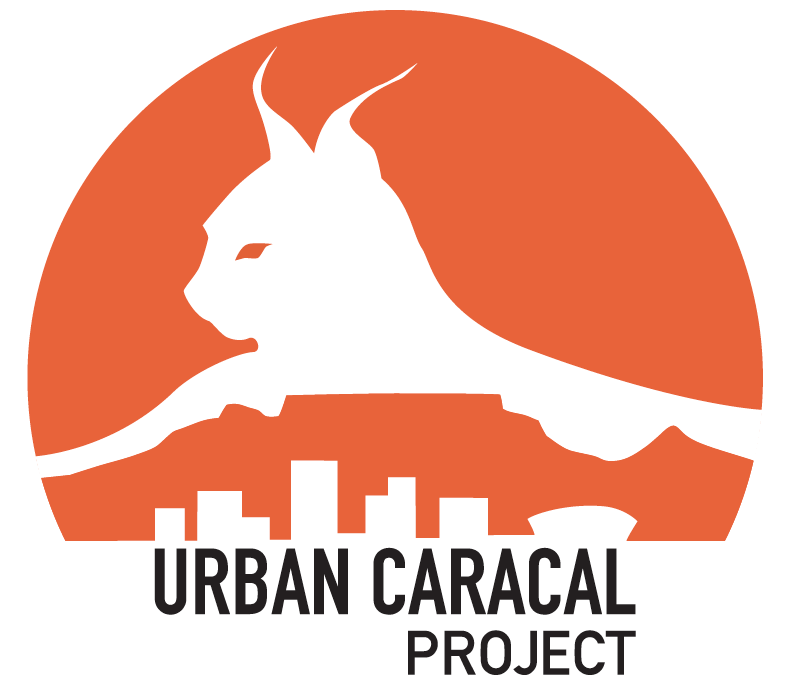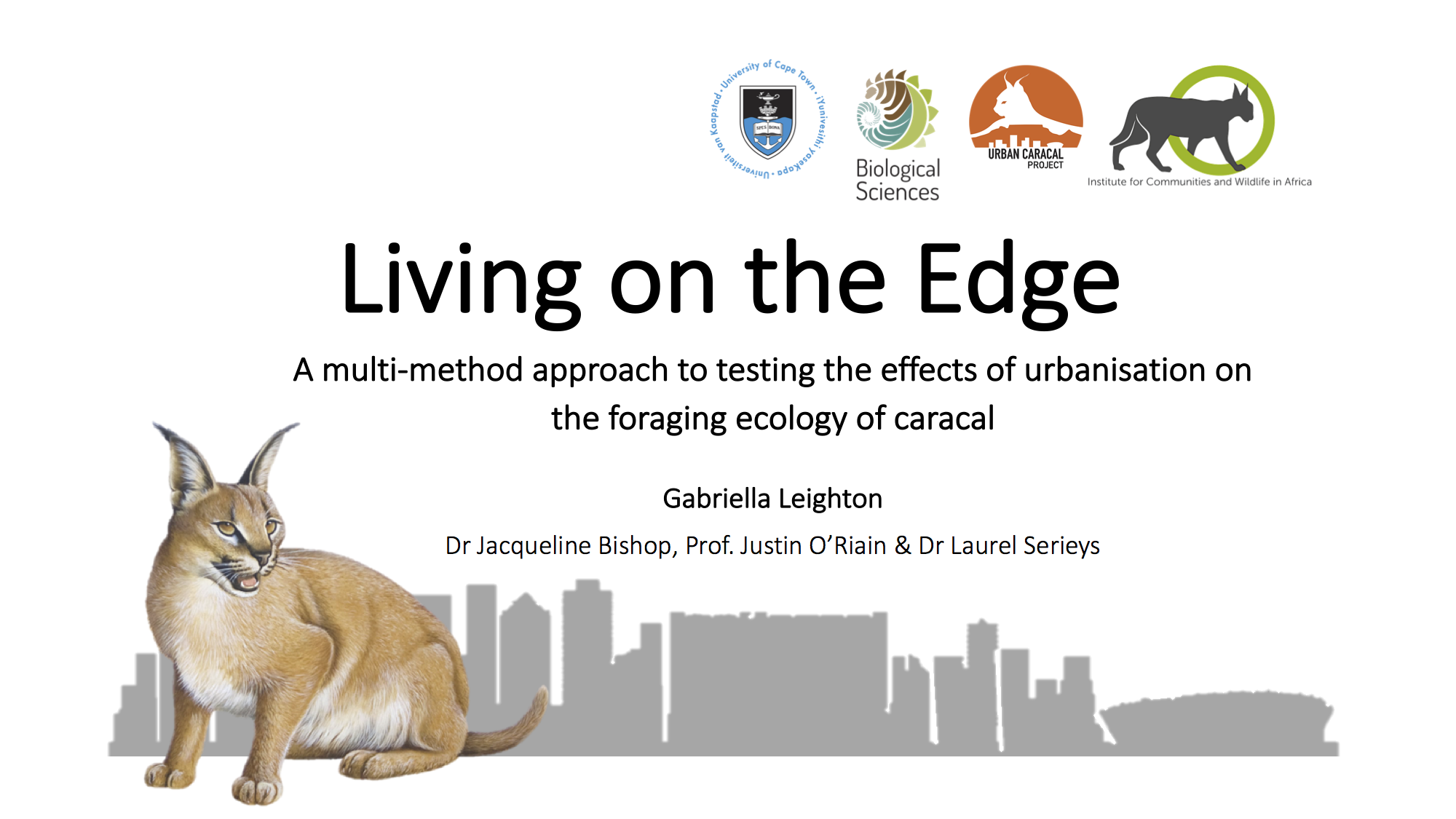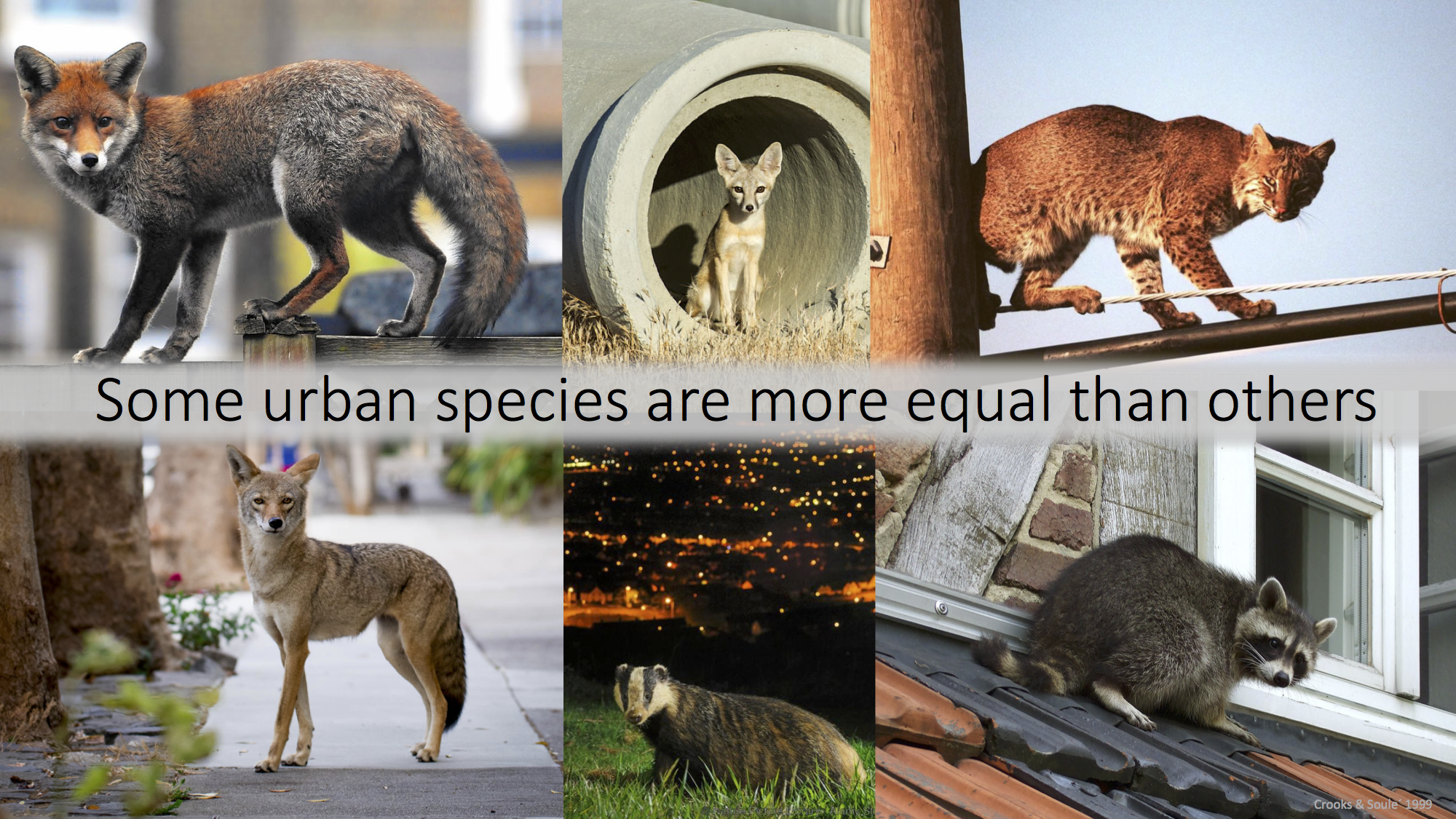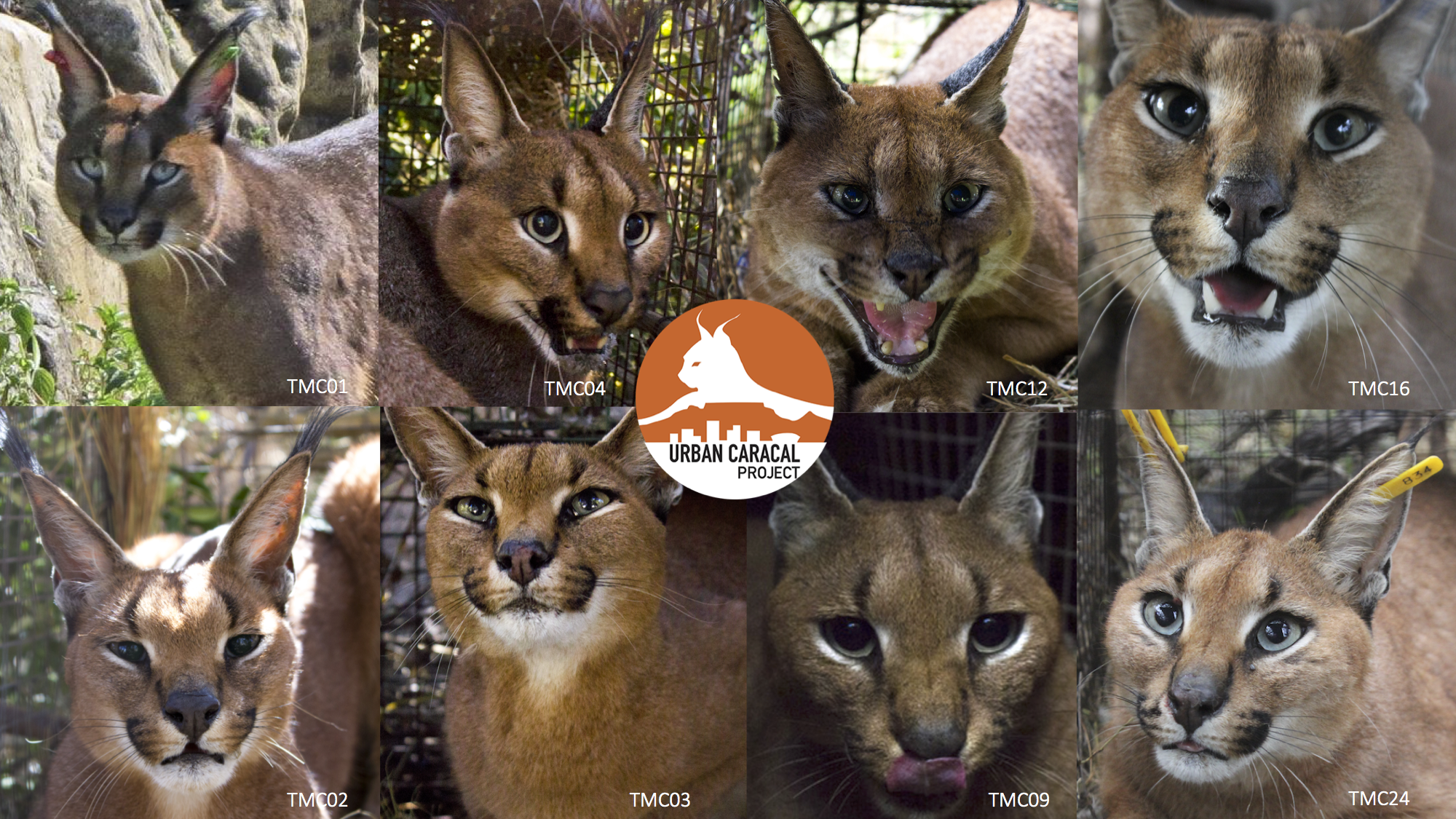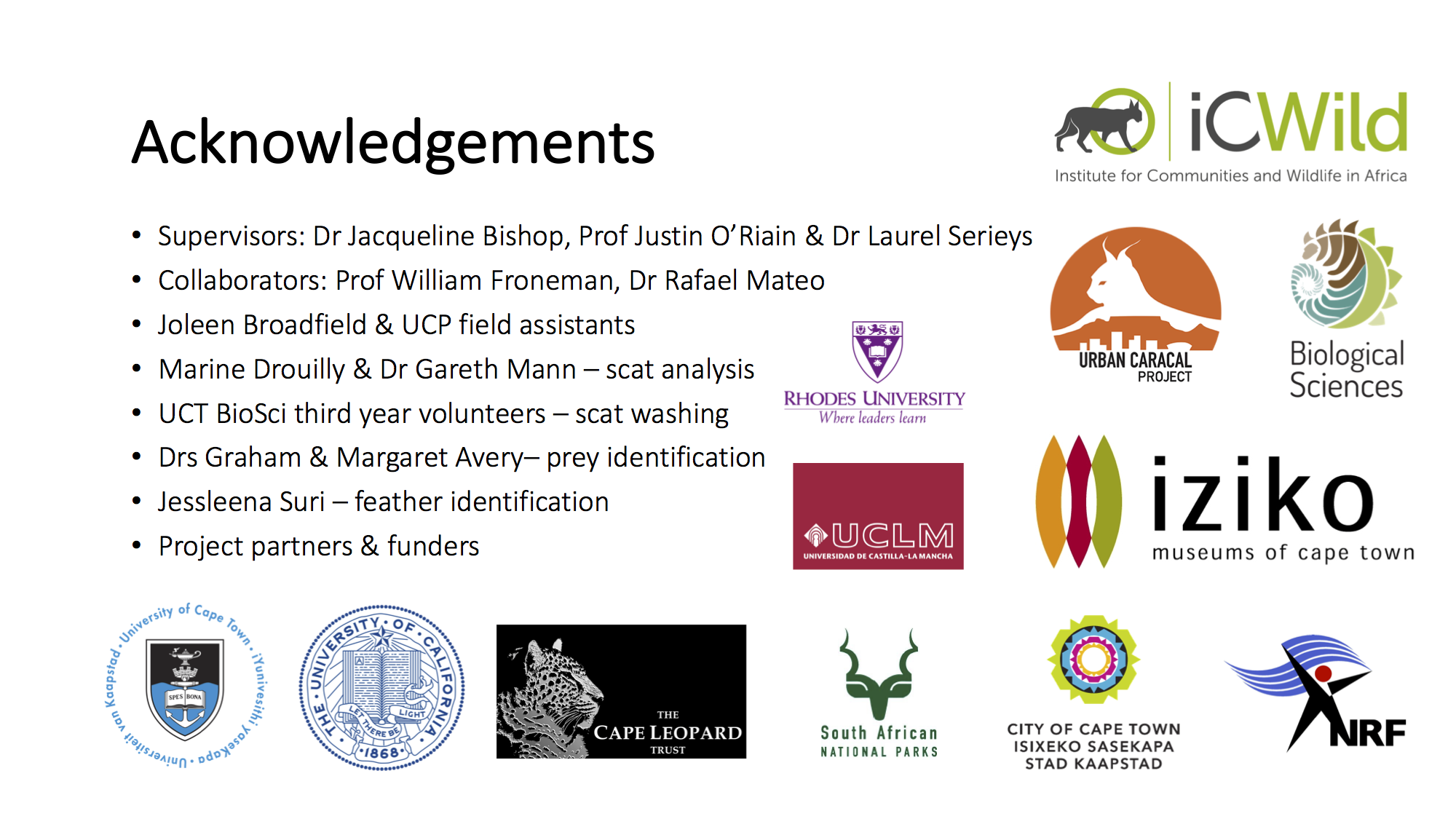The big ‘upgrade’
It looks like I’ll be working on urban caracals for a bit longer! As my project developed my supervisors and I made the decision, about 6 months ago, that it had the scope to be upgraded to a PhD.
I knew I wanted to do my doctorate but I needed to decide whether I wanted to carry on looking at caracal diet or start on a completely new project. I resolved that the caracals were too interesting to pass up on – not only as a species, but also in their persistence in such an urbanised area. I wasn’t going to find such an exciting combination of cool cats and urban ecology in any other place! Plus, the Urban Caracal Project has collected such an incredible dataset with which to work, it enables me to explore so many questions.
Over the last few months we’ve been working on how to grow my current thesis, and have decided to add two new data chapters. The focus is still on foraging ecology, but now I’ll be looking at diet using another relatively new method which employs stable isotopes. Additionally, I’ll be looking at possible consequences of an urban diet by exploring if exposure to various pollutants could have adverse health effects on caracals. I’ve been doing a fair amount of reading and preparation, and finally gave my upgrade presentation last week! It was a really long time coming (I had originally planned to do it much earlier in the year), but I’m pleased with how everything came together, and I feel the proposal was strengthened by the development of several ideas over the last few weeks.
I’m excited by how these new aspects of isotopic enrichment and ecotoxicology enhance my thesis, and make it much more interesting to me on a personal level. We’re exploring core ideas around urban caracal foraging from several different angles using several different methods. We want to know how caracal compare with other urban medium-sized carnivores (i.e. “mesocarnivores”) – do they avoid, adapt to, or exploit urban resources?
Already, the caracals are showing really interesting patterns which we will be investigating more closely with spatial models – a real learning curve for me! So far we have seen that adult males have much larger home ranges than females or juveniles, and are taking more urban prey. They are also hunting closer to the urban edge, at lower elevation and on gentler slopes. Is this putting them more at risk? Are they more likely to be affected by poisons ingested through contaminated prey?
I’m excited to see what the new samples (fur isotopes and concentrations of pollutants in different tissues) will reveal to us! I’m sure we’ll start to piece together quite a comprehensive understanding of how caracals are managing to adapt to “life on the edge”.
There are so many parties involved in this work; it astounds me. It may sound clichéd, but I’m grateful to all of them for the part they’ve played in making my dream of working on such an amazing project for my doctorate a reality!
